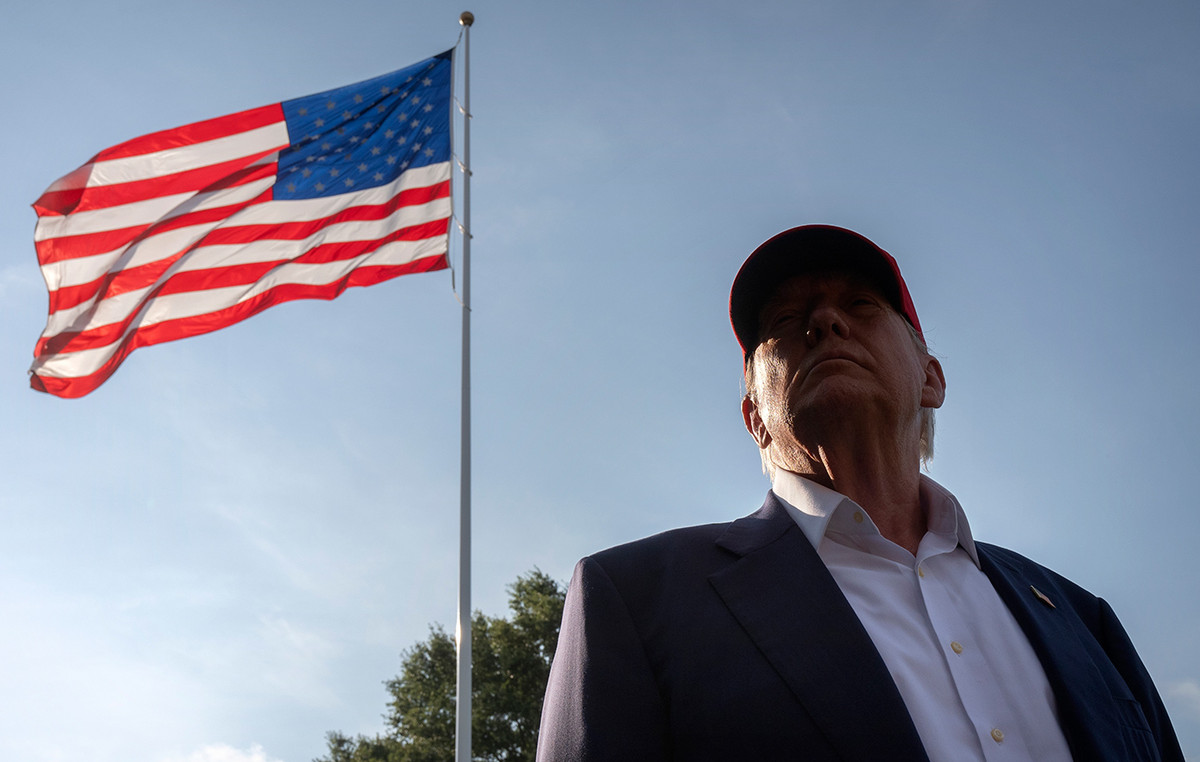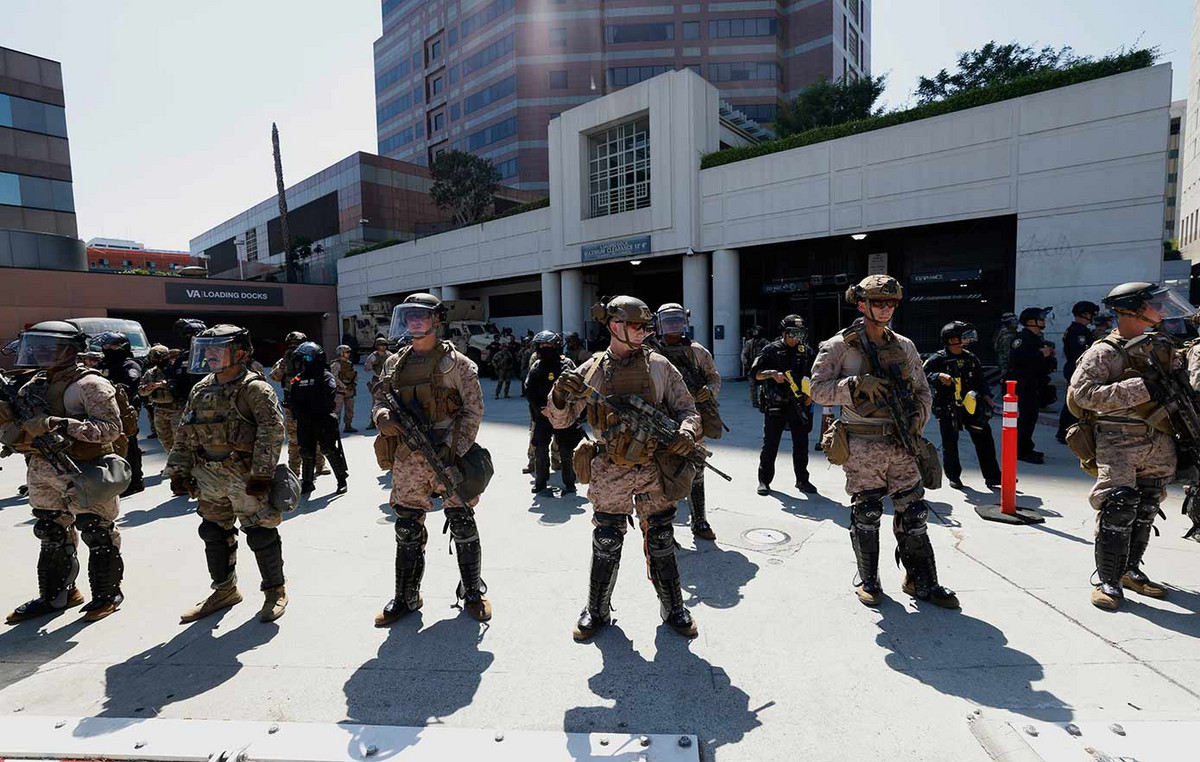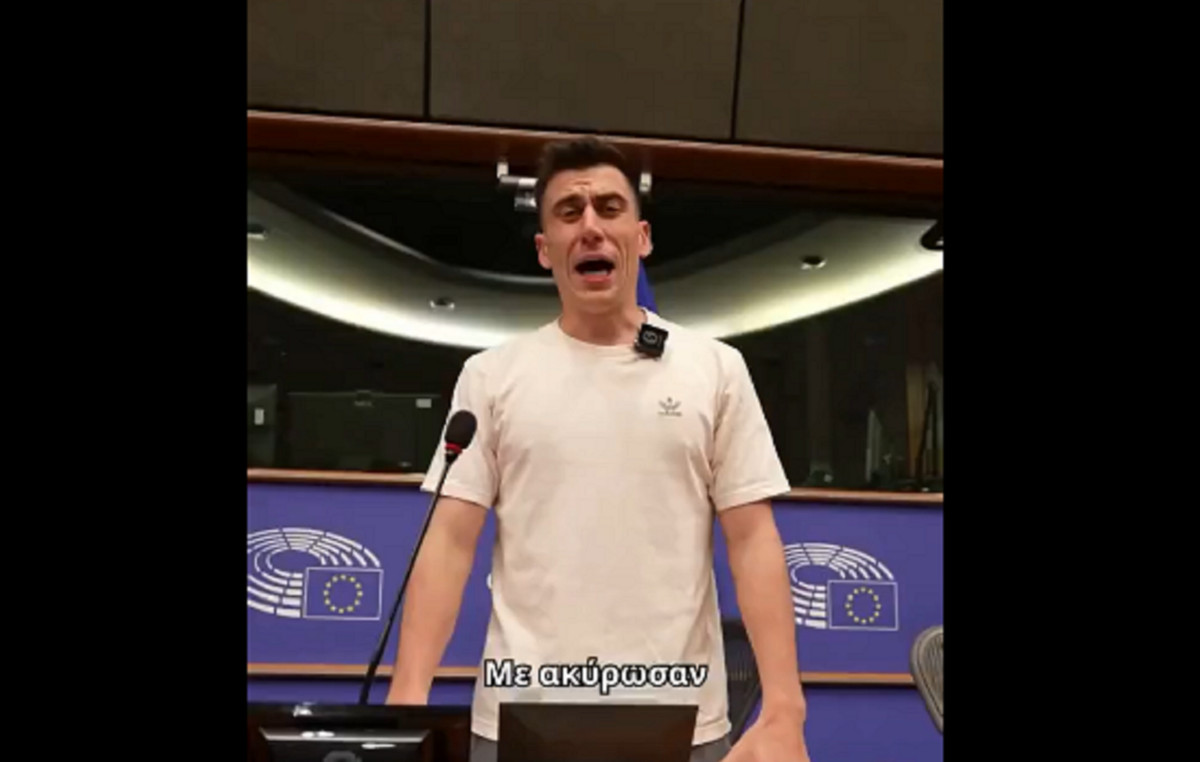After the increase in Covid-19 infected between May and June, the trend is for the number of cases of the disease to remain stagnant or decrease, according to experts consulted by the Ministry of Health. CNN .
Recent Infogripe bulletins, published by the Oswaldo Cruz Foundation (Fiocruz), and the Brazilian Association of Pharmacy and Drugstore Networks (Abrafarma) indicate the beginning of a slight decrease.
On Wednesday (13), Infogripe pointed out that, between June 12 and July 9, 79.4% of cases of severe acute respiratory syndrome (SARS) were positive for Covid-19. On June 4, this index was 59.6%.
In the June 8 bulletin, Fiocruz indicated the increase to 69%, rising to 80.6% on the 22nd of the same month. In the first week of July, SARS cases due to Covid-19 started a small drop, with 79.6%, reaching 79.4% in this latest release.
“We have a scenario of deceleration. That’s because at the moment we basically have two different scenarios between the northern and southern halves of the country. The southern half, in the month of June, shows signs of an interruption in growth or a significant deceleration in general. The northern half of Brazil started a clear growth trend last month, which is still maintained. This stabilization in the southern half causes the country’s curve to show this deceleration”, said Infogripe coordinator Marcelo Gomes.
Regarding the current scenario, the president of the Brazilian Society of Infectious Diseases (SBI), Alberto Chebabo, says that the country is in a better phase, but the virus continues to circulate, so it is still necessary for the population to exercise caution and wear masks in closed environments, according to the expert. He predicts a decrease in Covid-19 cases.
“As we started to have an increase in cases at the end of May, the tendency is to have a reduction, especially because this is the behavior we have seen occur. There are still many cases in the country, but they are falling,” said Chebabo.
The researcher points out that the difference recorded between the municipalities may be associated with the circulation at different times of the new variants of the coronavirus.
“The municipalities that started with the first wave are showing a decrease, while there are others that are increasing because they took longer to start the wave of the new variants. The future we have no way of knowing. It is possible that we will have a new wave in four to six months, but everything will depend on the variants and the response of the immunizer”, analyzes the president of SBI.
The Brazilian Association of Pharmacy and Drugstore Networks (Abrafarma) also reports that the positivity rate in relation to Covid-19 tests carried out by establishments in the country fell again after seven consecutive weeks of high.
According to the institution, of the 161,101 exams performed between July 4th and 10th, 32.66% (or 52,616) were positive. The index for the previous week was 35.18%. According to Abrafarma, the current rate was the lowest in the last three weeks. In all, data from tests carried out in 4,936 pharmacies in the country were compiled.
For the director of the Brazilian Society of Immunizations (SBIm) Renato Kfouri, it is difficult to predict the pandemic scenario in the coming months, but it is possible that there will be a stabilization in the cases. He points out that adherence to the immunizing agent is not at the ideal level.
“As you have a very large wave of cases, as was the case with the first and the second, a number of vulnerable susceptibles are created, and this has been reduced due to vaccination, which has been quite effective for severe cases”, says Kfouri.
“Unfortunately, we don’t have the coverage we expected, especially in relation to the three doses. In fact, I think the third dose should not be called the first booster dose, it is part of the vaccination schedule. An individual protected for the variant that is circulating has to take all three doses, which has only 55% adherence”, he adds.
* Under supervision of Pauline Almeida
Source: CNN Brasil







